Vocaloid is a Japanese voice synthesis technology that has revolutionized the music industry. Characters like Hatsune Miku have played a major role in this transformation.
However, Vocaloid is more than just a voice synthesis software. It has become a cultural phenomenon that allows creators worldwide to produce and share music freely. But what makes Vocaloid so appealing? Why has it gained such immense popularity? This article explores the key factors behind its success.
2. What Makes Vocaloid Appealing?
(1) Lower Cost and Accessibility for Individual Music Production
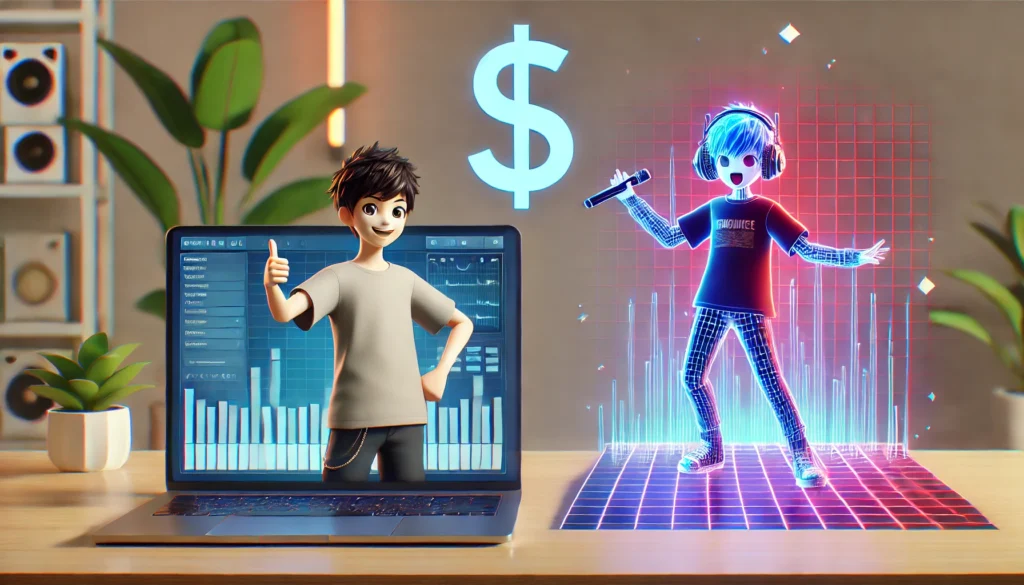
Traditionally, making music required hiring professional singers and renting expensive studios. With Vocaloid, individual creators can compose and produce songs without these costs.
• No need to hire a singer, allowing for a flexible creative process
• No expensive studio recording costs
• Easy to edit and fine-tune songs to achieve the desired sound
This accessibility has opened the door for both amateur and professional musicians to create Vocaloid music.
(2) A Strong Reflection of the Creator’s Individuality and Preferences

Unlike mainstream music production, which often follows industry trends, Vocaloid allows artists to express their unique styles freely.
• Niche genres and experimental music can thrive
• Creators can express their original ideas without restrictions
• Each “Vocaloid producer” (Vocalo-P) develops their own distinct musical style
As a result, listeners can experience fresh and diverse musical styles beyond conventional pop music.
(3) A Wide Variety of Music Genres

Vocaloid music is not limited to a specific genre.
• Includes pop, rock, jazz, electronic, metal, folk music, and many more
• Many songs feature deep storytelling elements, enhanced by music videos
• Even the same Vocaloid character can take on completely different styles depending on the song
Because of this, Vocaloid has evolved beyond just a music tool—it has become a platform for limitless creative expression.
(4) The Concept of a Virtual Singer
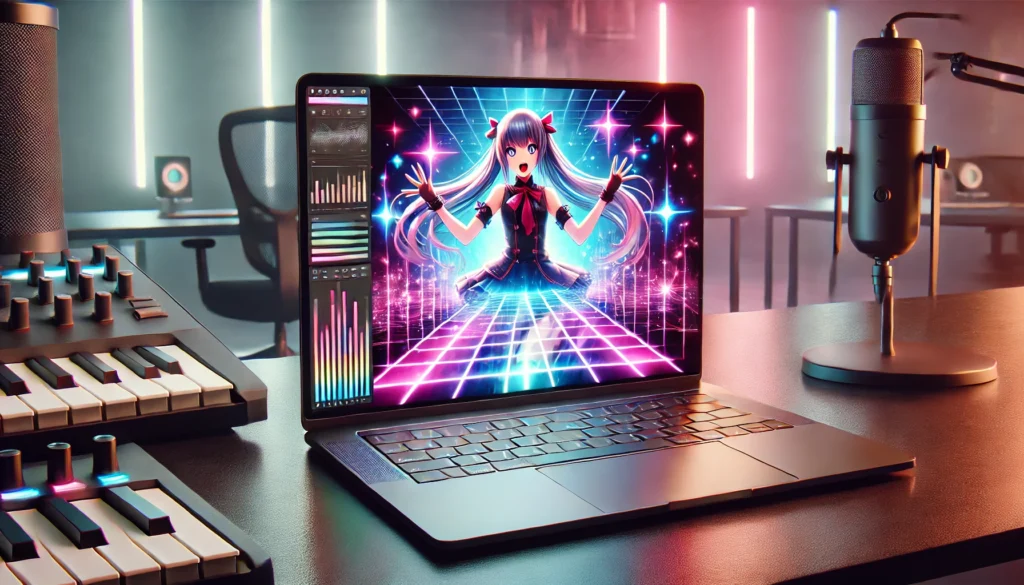
Unlike human singers, Vocaloid characters exist as virtual idols.
• Each character has a distinct personality and image, influencing the themes of songs
• Fandom communities develop around the characters and their associated music
• Virtual concerts and 3D live performances provide a unique way to experience music
This blend of technology, music, and character design makes Vocaloid highly appealing to many fans.
(5) Connecting Creators Across Different Fields

Vocaloid culture has grown beyond just music, bringing together illustrators, video creators, and 3D animators.
• Music videos (MVs) feature collaborations with illustrators and animators
• 3D motion graphics software like “MikuMikuDance (MMD)” has expanded visual creativity
• Fan participation through “cover singing” and “dance covers” fosters an active community
Because of this, Vocaloid is not just a music phenomenon—it’s a movement that connects creators across various artistic fields.
3. Why Did Vocaloid Become Popular?
(1) Its Compatibility with Internet Culture
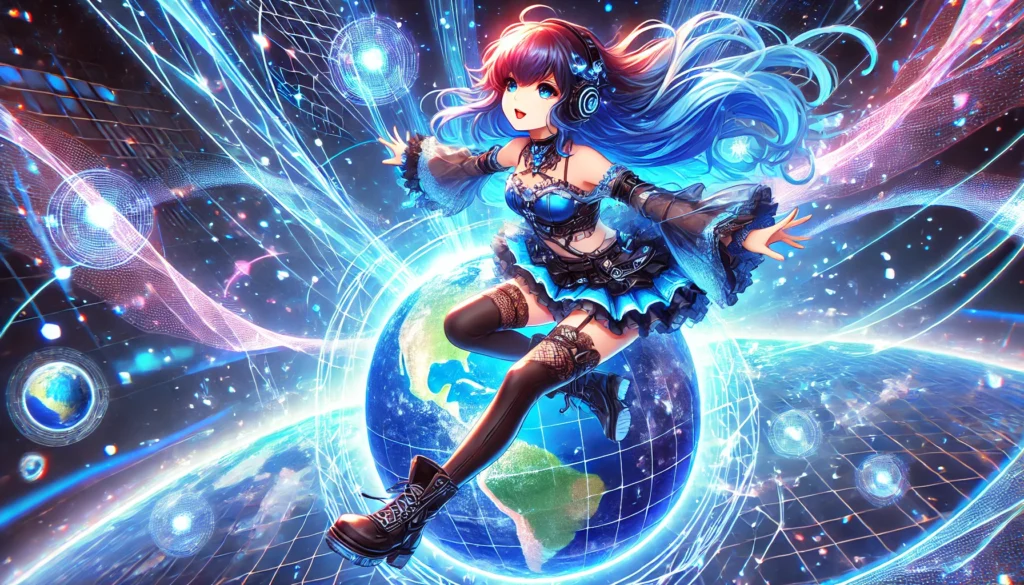
Vocaloid’s rise is closely linked to the development of online platforms.
• Songs spread rapidly through sites like Nico Nico Douga and YouTube
• The “singing cover” and “dance cover” culture allowed fans to participate in the phenomenon
• The expansion of social media and streaming services helped Vocaloid reach a global audience
Vocaloid is a music genre that evolved alongside the internet itself.
(2) Crypton Future Media’s Open Policy

Crypton Future Media, the company behind Hatsune Miku, adopted a unique approach by allowing broad fan participation.
• Officially encouraged derivative works and secondary creations
• Allowed fans to use Vocaloid characters for their own compositions and illustrations
• This openness led to an organic expansion of the Vocaloid community
Unlike other commercialized character-based content, Vocaloid’s lack of a pre-defined “official storyline” gave creators the freedom to interpret and innovate.
(3) The Impact of Hatsune Miku’s Debut
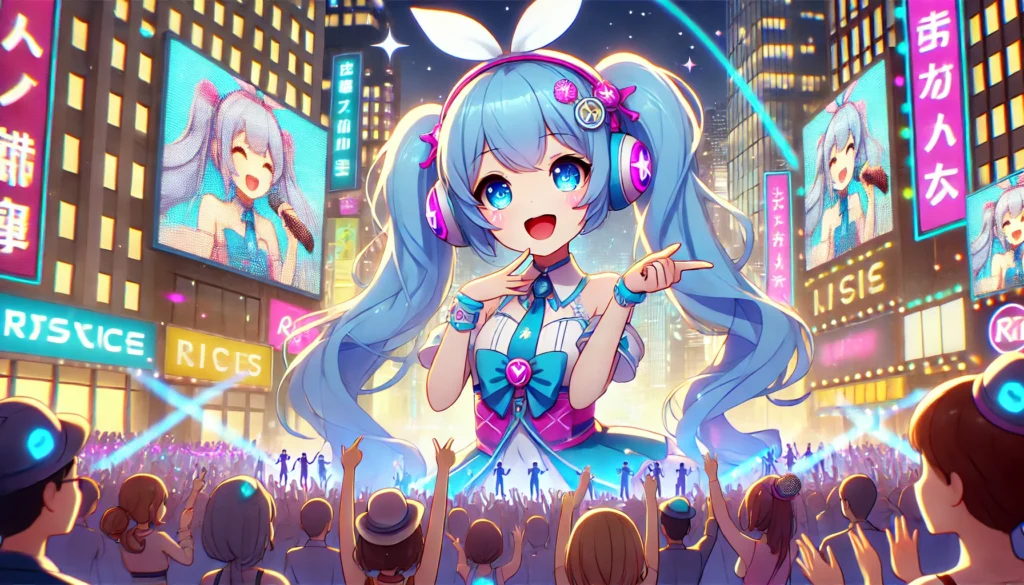
When Hatsune Miku was released in 2007, it took the world by storm.
• The futuristic concept of a virtual singer immediately caught attention
• The fusion of “moe” culture and music technology attracted both anime and music fans
• Corporate collaborations (e.g., Toyota, Google) boosted its global recognition
Hatsune Miku’s success marked a turning point that propelled Vocaloid into mainstream culture.
(4) The Growth of a Creator-Driven Culture

Vocaloid redefined how music could be made and shared.
• Talented amateurs had the opportunity to create hit songs
• The emergence of the “Vocaloid producer” (Vocalo-P) as a new type of artist
• Many Vocaloid producers, such as Kenshi Yonezu (formerly Hachi) and DECO*27, transitioned into mainstream music
By empowering creators, Vocaloid fostered a dynamic music culture where both artists and listeners played an active role.
4. The Future of Vocaloid
• Integration with AI-powered singing synthesis (e.g., Synthesizer V)
• Expansion of the global fanbase and international collaborations
• Evolution of virtual concerts and metaverse-based performances
• The emergence of new Vocalo-Ps and innovative musical styles
As technology continues to advance, Vocaloid will likely remain at the forefront of digital music culture.
5. Conclusion
Vocaloid has broken down barriers in music production, allowing individuals to express their creativity in ways never seen before. As it continues to evolve alongside new technologies and global trends, the future of Vocaloid remains as exciting as ever.
Whether you are a musician, an illustrator, or simply a fan, Vocaloid offers a unique and constantly expanding world of possibilities.
Recommended Articles




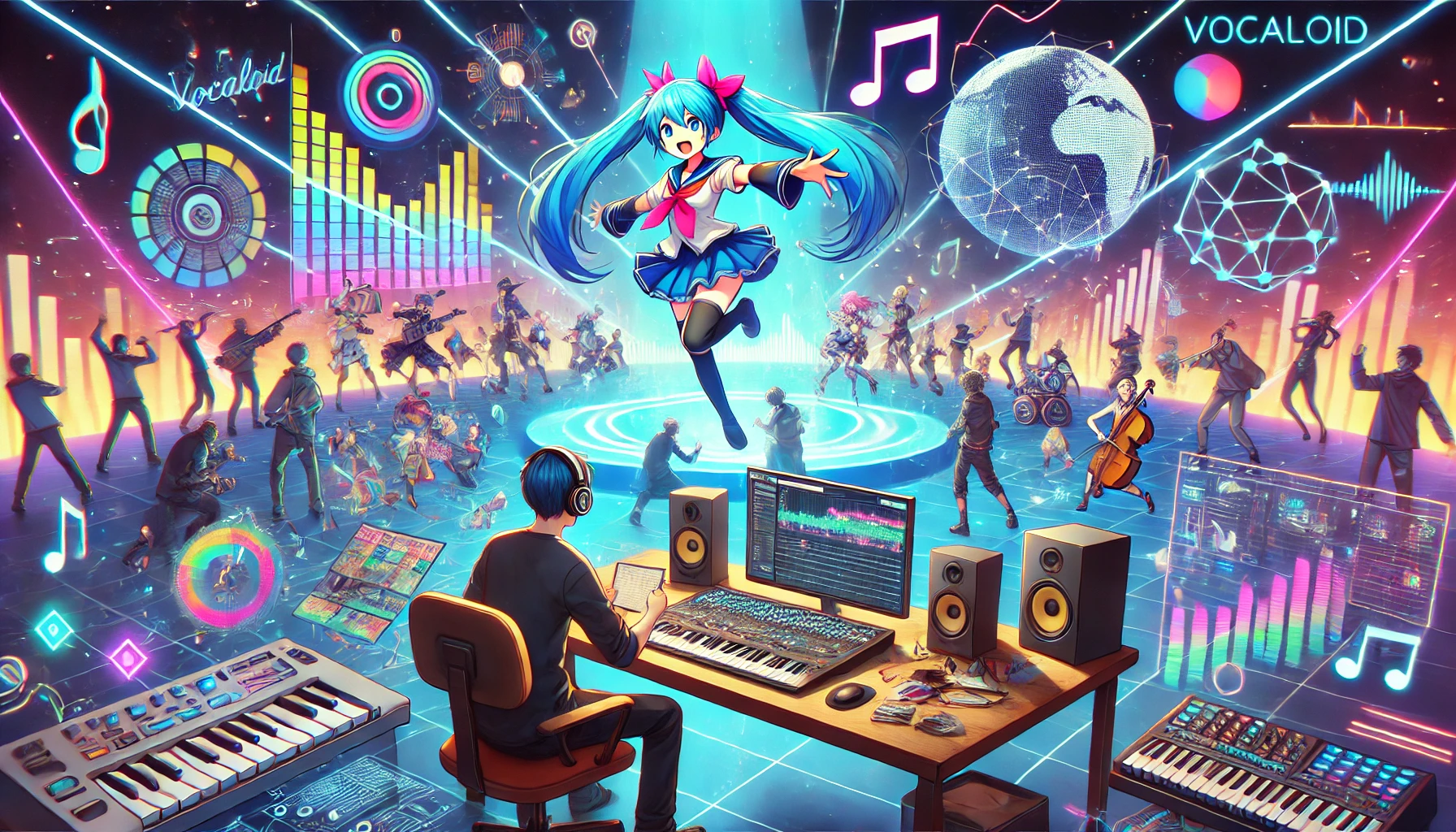


Comments